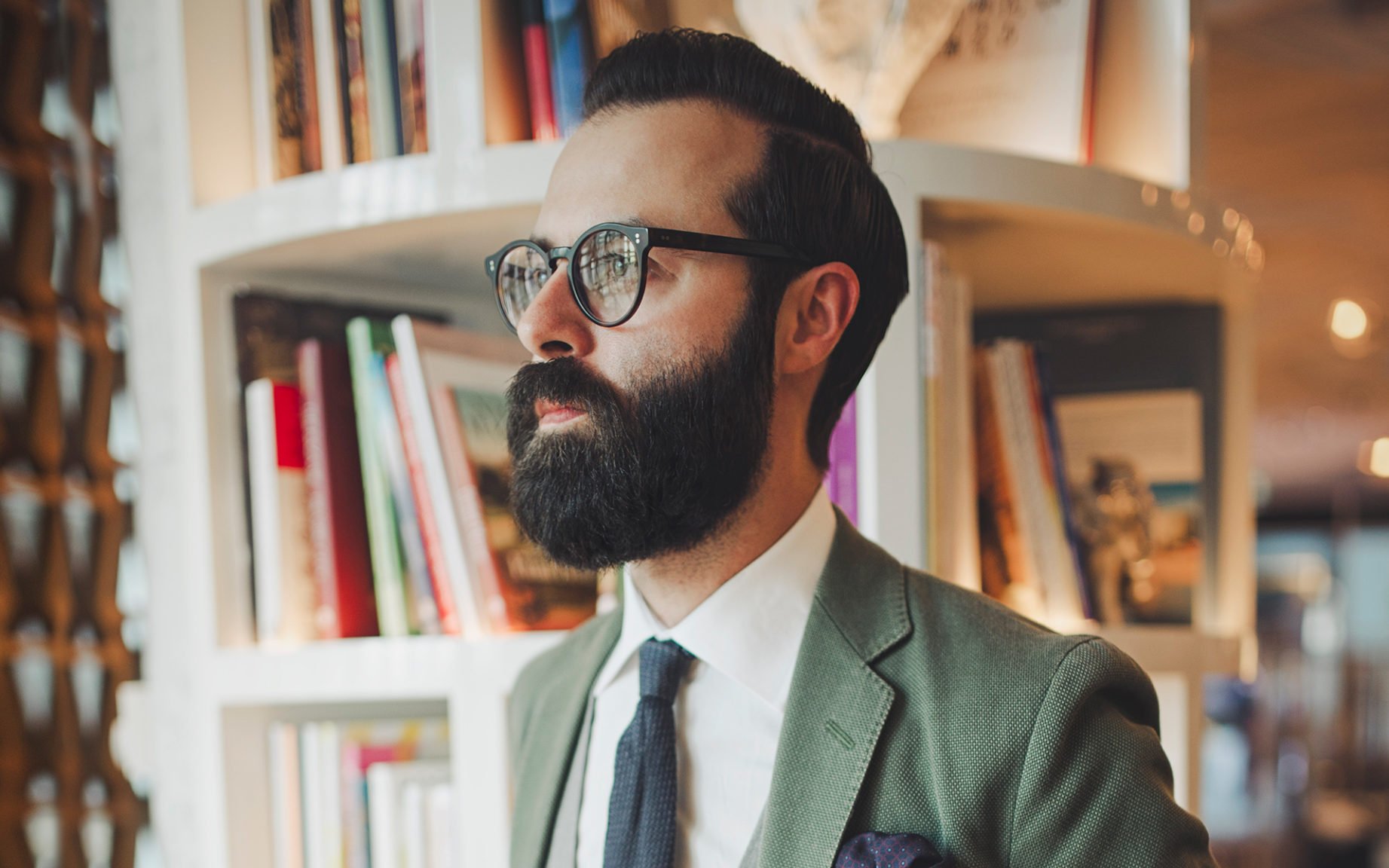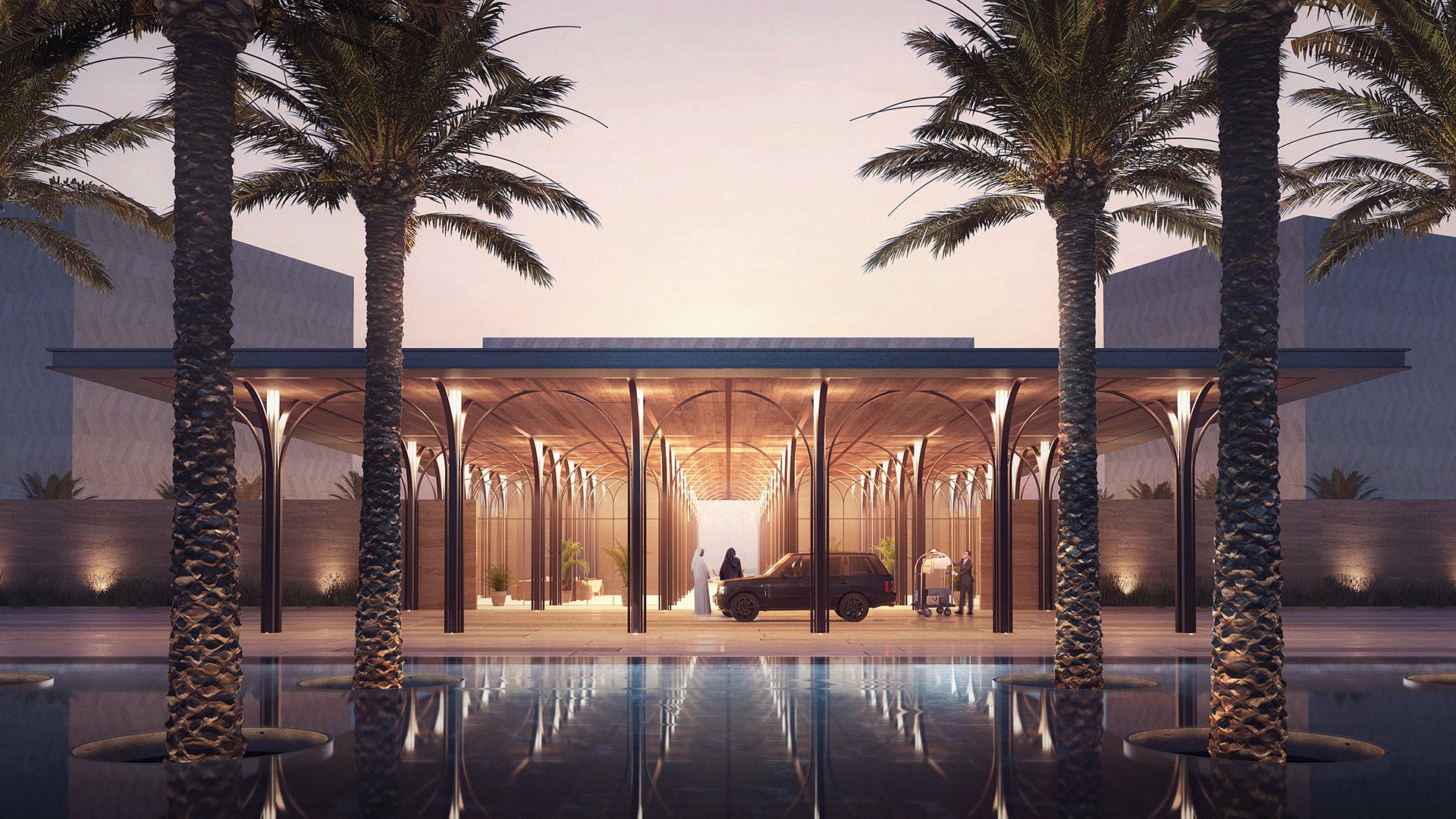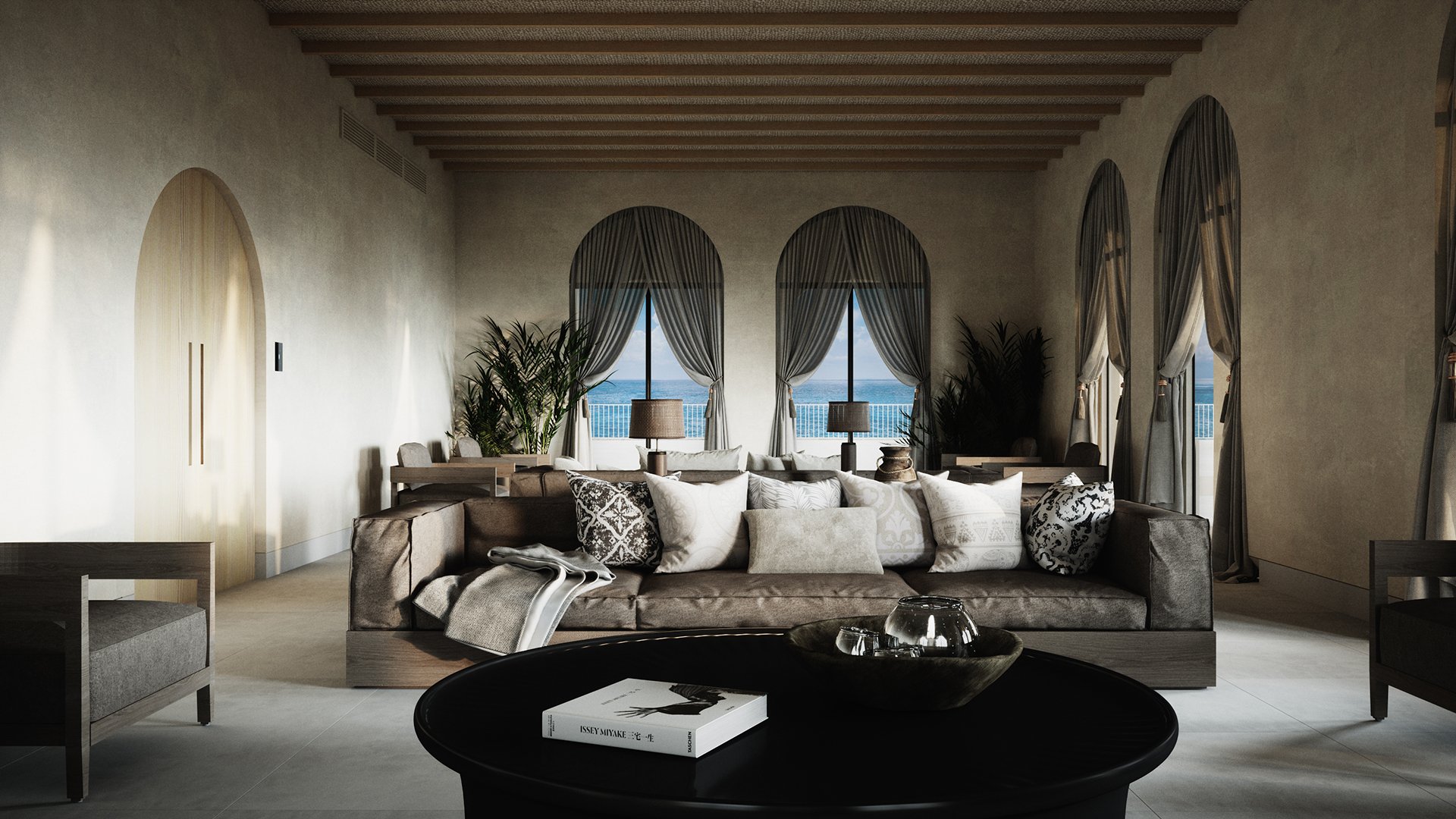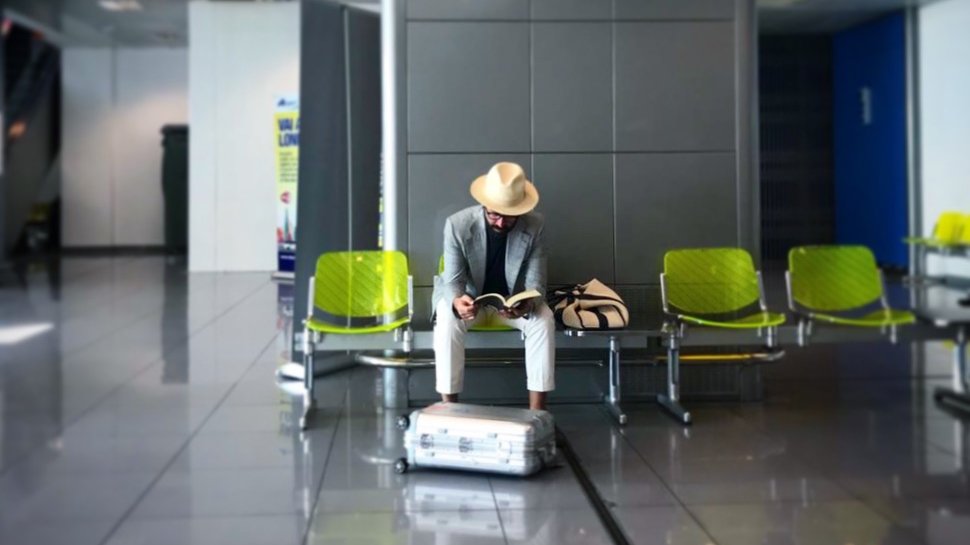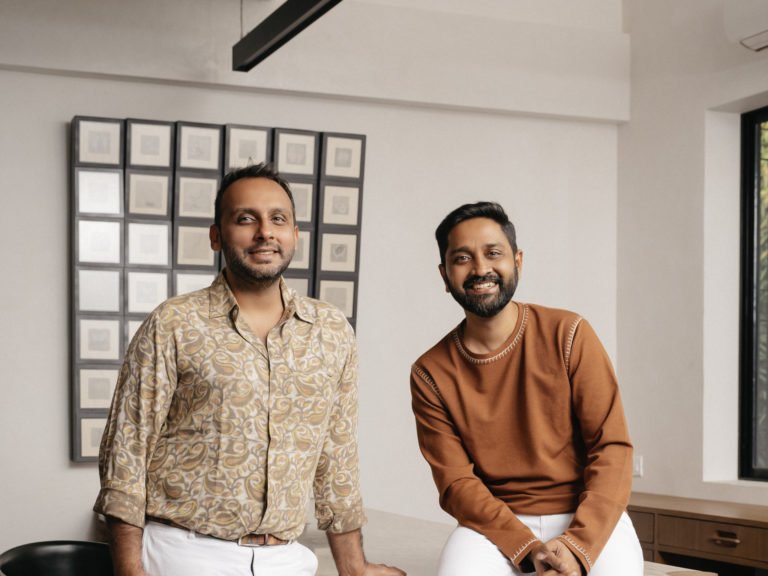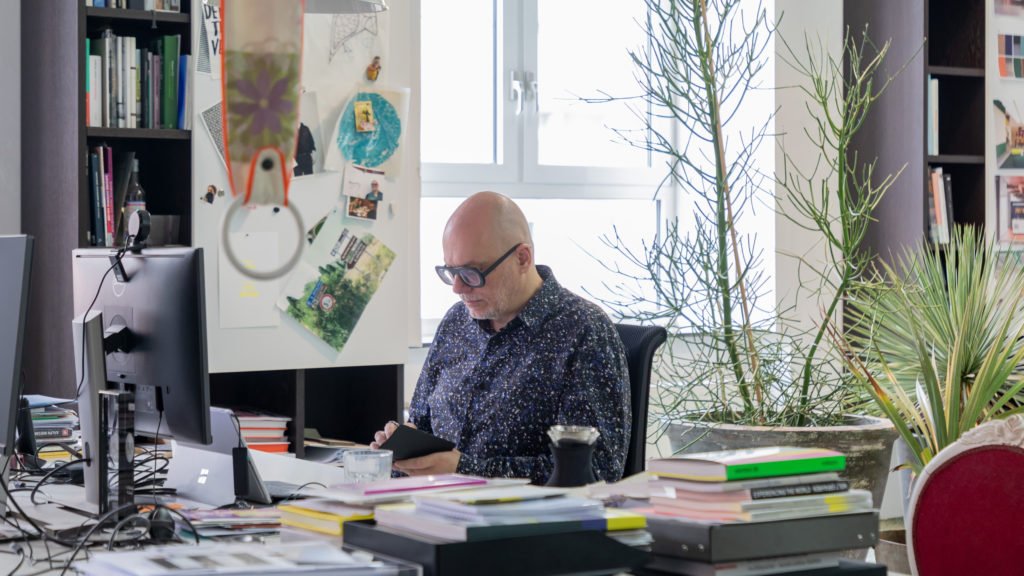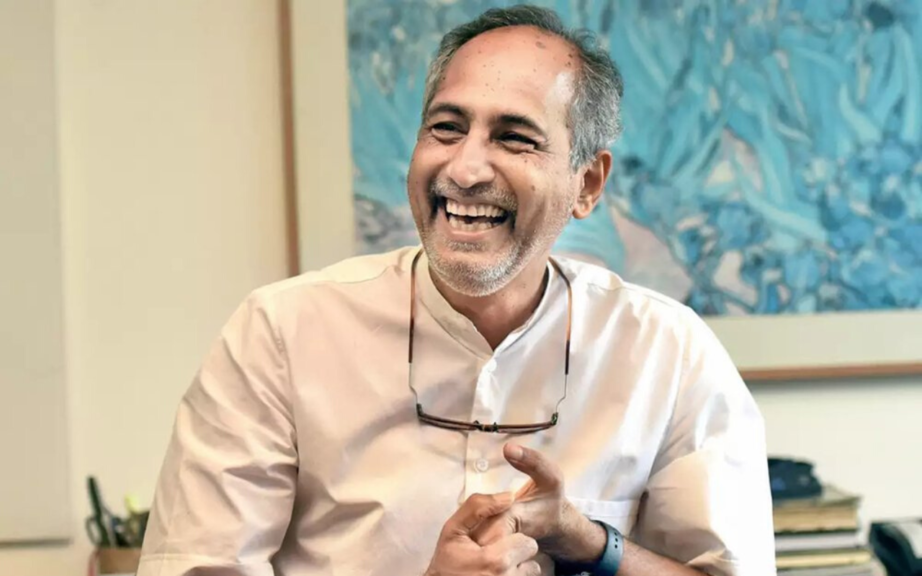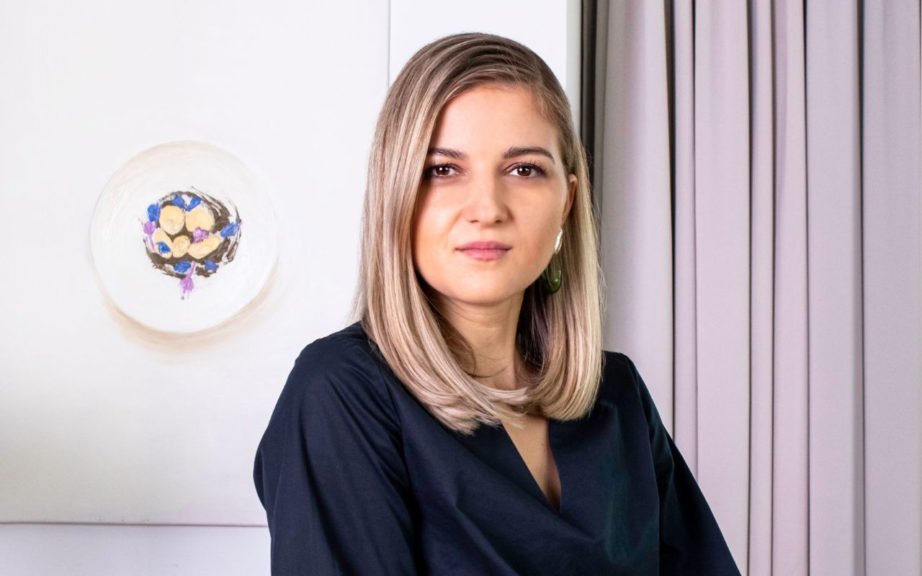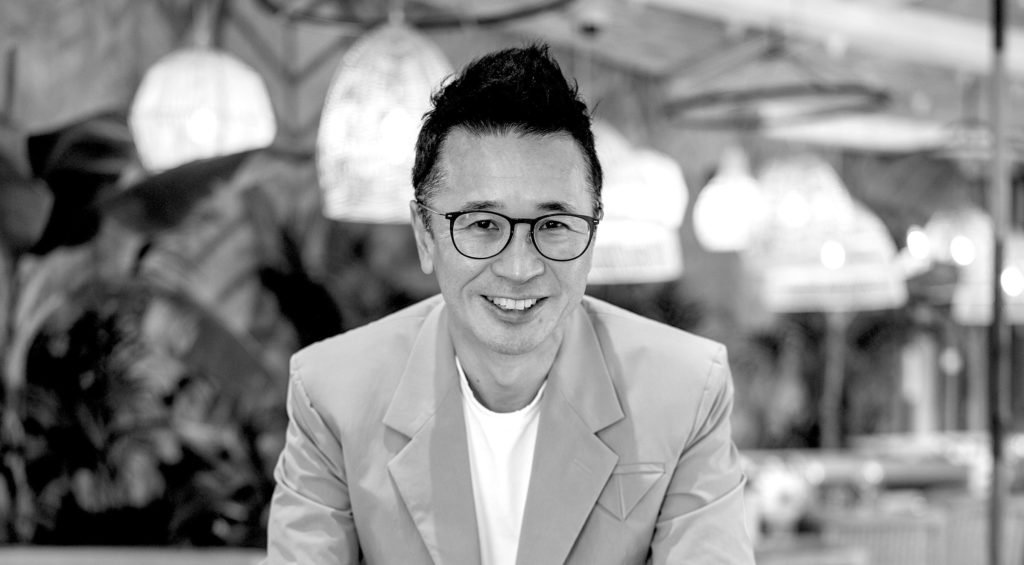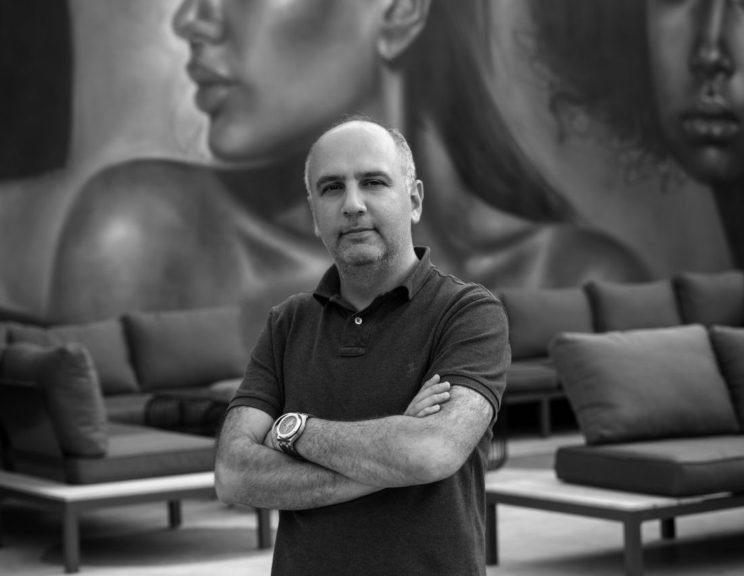Holistic design, and how the built environment impacts and influences our overall well being, is a core driver of H+A’s design methodology. As a co-founder of the firm, David Lessard brings a multilevel approach to architecture and interior design, which looks beyond simply the aesthetic imperatives of a project. In a conversation with Love That Design, he reveals the inner workings of his mind and gives us a glimpse of the person behind the designer.
Relevance is a key aspect of his work, and this, along with the desire to enhance and add value to the human experience through research and applying the emotional and social ramifications of design, is what informs his work. H+A delivers primarily in the healthcare and hospitality sectors, as does a sensitivity to context and culture and an awareness of wellness and sustainability. ‘Success to us is viewed through multiple metrics – is it beautiful, is it on budget, does it resonate, are the clients happy. This is what we’re tasked to do – it’s not simply about creating images.’
Marriott Hotel and Resort, Ras Al Khaimah
“ I stumbled upon design… It wasn’t something so profound and planned.”
I went to a vocational high school with the plan to get a job and become a productive member of society, not really thinking about how academics could improve my situation. My family doesn’t have an academic background (I’m a third generation Italian immigrant, and the first to male to go to university in my family). But when I stumbled on architecture in high school, by way of a draughting course, I excelled at it. I questioned whether it was my path, even up until just before I got into Pratt Institute.
And what prompted the move to Dubai?
I think, like many, I came for a project opportunity while working for Asymptote Architecture in New York. It was the first time in my professional career that I was sinking my teeth into large-scale complex projects for what is arguably one of the more avant-garde firms of our generation, and I was really enjoying my time being a young architect in NYC with all it had to offer. Fast forward to 2007, which was the peak of the building boom, we had an opportunity to work on a design competition for a hotel in Abu Dhabi (the Yas Hotel, now the W Yas Island). The conditions for the project (thanks to the aggressive project schedule) was that the delivery team would need to be based in Abu Dhabi. At that point I had no plans to leave NYC, but the firm considered me a core part of the team, so I agreed to a longer term commitment. And while the project was the initial draw, 2009’s financial crisis was one of the reasons I stayed. Abu Dhabi was one of the few places in the world still going, and still commissioning projects.
The birth of H+A
My business partner, Stas Louca, was actually the founder, and H+A was going to happen with or without me. But the story of what it is now is different to the original plan. Stas and I met at Perkins & Will, and he left to found H+A (whose original incarnation had H stand for ‘healthcare’ and which now more loosely stands for ‘hospitality and healthcare’). When I left Perkins, I was once again at a crossroads and joined Stas to add a new dimension – hospitality and interior design – to what he was already doing, which allowed the firm to move to the next level, and from then on (2018) we’ve worked hand in hand.
Challenges of working in architecture and design within the ME region
I think it’s hard for me to pinpoint challenges typical to our locale, as our work in Dubai has become so global. Dubai itself has done well to create a physical and business infrastructure that allows you to set up an enterprise. But in terms of working more internationally, which we do, I think the biggest challenge we face is staying relevant. Interior design has always been subject to trends – you want to be current, using the latest materials and exploring the latest ideas – but the speed with which ideas are shared and ideas move has accelerated. My work is to ensure a building stays relevant. I look at interiors differently, almost from an architectural perspective. We strive for things like permanence and timelessness. Whether it will stand the test of changing trends is where I feel the most pressure as a designer – to design something that will have permanence and resonate in the long term.
Majlis in a Private Villa, Ras Al Khaimah
Any particularly standout project of your career?
Each project has its own unique attributes. The Yas hotel came with scheduling challenges, while a project in the Seychelles poses environmental challenges and the task of coming up with forward-thinking ideas that preserve the vernacular while still satisfying the client. Sometimes it’s creative, sometimes it’s technical. The trick is identifying the challenge – you’d be amazed at how many projects fail as a result of not doing that.
How would you describe your design style, and what is your inspiration?
Immediately when you think of style you think of aesthetics. But for us, each context or environment (social, emotional, cultural, etc) informs our design, which inevitably results in different aesthetic outcomes. So even though aesthetically our projects vary, our methodology is consistent. We have a rigorous approach and process. The common thread is that all our projects are relevant and responsive, stemming from a research based approach. If I had to say what the one thing stylistically that we look to explore is, it would be reducing projects down to the essentials – so there’s often a minimalist overtone. Nothing superfluous. Once we reach a form we find satisfying, it’s almost a process of reduction rather than construction.
Favourite design sector?
Although our core interest is in healthcare and hospitality, we do get work on residential and commercial projects. I believe that irrespective of the typology of the project, there are still design elements that transcend. Buildings and spaces have so many layers of information they have to support and promote, but a lot of our design principles are absolute. It is that objectivity and our methodology that transcends typology. Also, an acute awareness of the end user supersedes boundaries like corporate, residential and hospitality.
If you were to choose an alternative career, what might it be?
You get asked this question from time to time, and sometimes my answer changes. I’d have to say it would have more to do with ecology – something along the ‘David Attenborough’ lines. Exploring the far reaches of the world, immersing yourself in nature, and following the ecology of environments and animals.
If you could design anything without constraints (if you had carte blanche)?
I don’t find I tend to dream about certain types of projects. It’s more about the types of clients I would want to work with. There’s a wealth gap in our industry in terms of accessibility. There are whole continents that are underserved in terms of design thinking, so my dream would be to find a way to work for them while still being financially feasible, essentially to be more accessible. Working outside of the commercial realities of what we’re doing would allow me to work hands on in places that actually need good design. And this applies everywhere, not only in developing nations. The average person doesn’t have access to the top firms in design.
What’s the best advice you’ve been given, and consequently what advice would you give someone starting out in design?
I’d say the best advice is quite cumulative and it’s been a common theme among all the mentors I’ve had – most of whom have been women – which is to develop your empathy, work on your emotional intelligence, and be less ego driven. Not only will it result in better design but also better relationships. It’s become part of the DNA of H+A.
I’d give the same advice too – it comes up a lot and I realise it’s a big part of our ethos. Designing from the inside out. It’s not just a simple inversion – thinking from the human scale first and moving out from that is key.
So who is David, the person behind the designer?
I’ve dabbled a lot, and I go through phases thanks to my inquisitive nature. But there’s been nothing I’ve tried that’s really stuck. My reading list shifts from philosophy to economics. Our activities as a family vary. I think my morning routine is my only regimented ritual – exercise, meditation, spending time with my family. My time is very regimented. I set my schedule a week in advance and block out time for things, not just meetings but time for me.
The most pivotal moment in your life thus far…
When I became a parent. We adopted two years ago, and it was life-changing. I was impressed by how fast I switched when it happened, but they do more for you than you ever do for them. This is also where my planning skills originated – in order to do what we do you have to put in the hours. Good design is just a simple matter of putting in the hours. So in order to do that and still have family time prompted my changing how I do things – from my calendar planning, to my lifestyle (that’s when I started exercising), and even thinking about financial investments as long term commitments.

